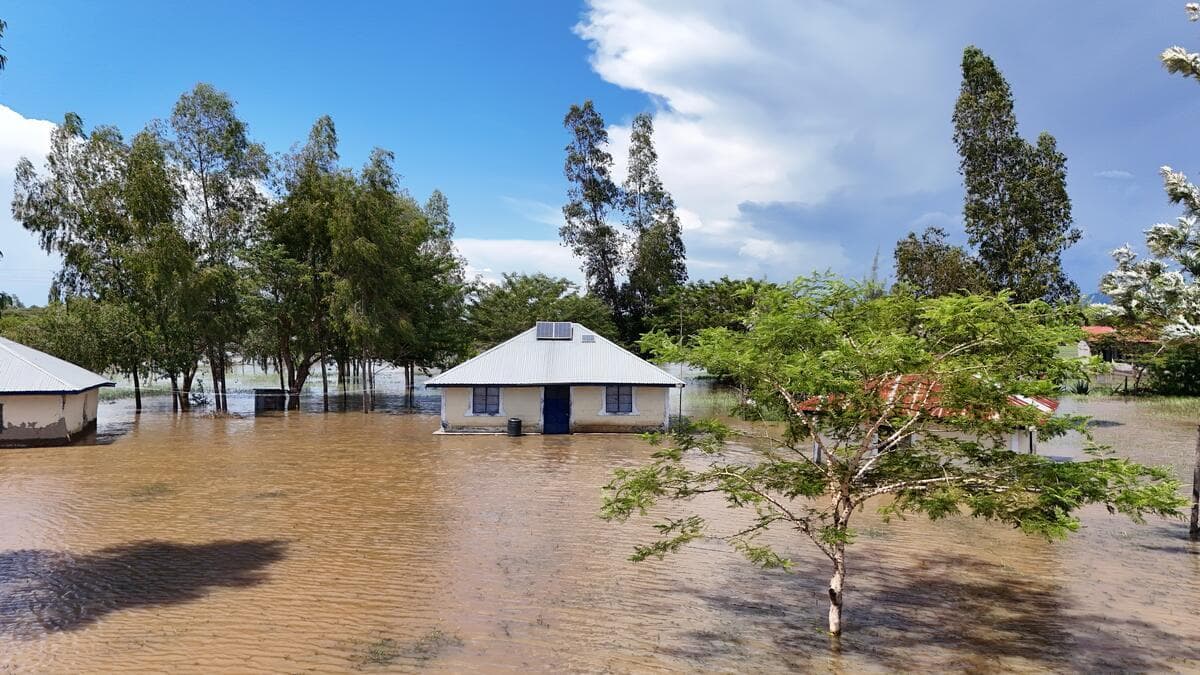We're loading the full news article for you. This includes the article content, images, author information, and related articles.
A pattern of devastating floods and prolonged droughts threatens Kenya’s economic stability and food security, forcing a national reckoning with the urgent need for climate adaptation and resilience.

Kenya is grappling with an escalating climate crisis, as increasingly frequent and intense extreme weather events wreak havoc on the nation’s economy, environment, and the livelihoods of millions. Recent years have seen a devastating cycle of severe droughts followed by catastrophic flooding, a pattern scientists attribute to global climate change. This volatility poses a significant threat to Kenya's key economic sectors, particularly rain-fed agriculture, which supports over 75% of the population.
According to a November 2023 report by the World Bank, inaction on climate change could cause Kenya's real GDP to decline by as much as 7.25 percent by 2050. The agricultural sector, which contributes approximately one-fifth of the country's GDP, is especially vulnerable. The World Bank also warned that climate inaction could push an additional 1.1 million people into poverty by 2050.
The impacts of climate change are already a stark reality for many Kenyans. In early 2024, severe floods resulted in the deaths of 294 people and displaced more than 55,000 households, according to the Kenya Red Cross. These floods submerged vast areas of farmland, destroyed infrastructure, and led to significant livestock losses. Conversely, the country has also endured one of its worst droughts in decades, which affected nearly 5 million people in 2023 and severely hampered agricultural productivity. The Intergovernmental Authority on Development’s (IGAD) Climate Prediction and Applications Centre has forecasted that drier-than-usual conditions are expected to persist in parts of Kenya through early 2025.
These extreme events are not isolated incidents but part of a larger, worrying trend. The World Meteorological Organization (WMO) has noted that Africa is warming faster than the global average. For East Africa, this translates to more erratic and intense rainfall, leading to both floods and droughts. The consequences are dire, exacerbating food insecurity, water scarcity, and resource-based conflicts. In urban areas, migration from rural regions hard-hit by climate change is placing additional strain on informal settlements, which are often located in flood-prone areas.
The Kenyan government has acknowledged the grave threat posed by climate change and has put in place policies to address it. Kenya was one of the first countries in the world to enact a Climate Change Act in 2016, which provides a framework for low-carbon, climate-resilient development. The country's third National Climate Change Action Plan (NCCAP) for 2023–2027 prioritizes adaptation measures to protect vulnerable communities and key economic sectors. In April 2025, Kenya submitted its updated Nationally Determined Contribution (NDC) to the United Nations, pledging to reduce its greenhouse gas emissions by 35% by 2035. However, this target is heavily dependent on international support, with 80% of the plan conditional on external financing and technology transfer.
At the COP30 climate summit in Belém, Brazil, which commenced on Friday, November 7, 2025 (EAT), Kenyan delegates are advocating for stronger financial commitments from developed nations. Key priorities include the operationalization of the Loss and Damage Fund to provide direct support to nations hit hardest by climate impacts. Civil society organizations are also pushing for a unified African position that prioritizes adaptation finance and a just energy transition.
While Kenya contributes less than 0.1% of global greenhouse gas emissions, it is disproportionately affected by the impacts of climate change. Experts agree that urgent and concerted action is needed to build resilience and adapt to the new climate reality. This includes investing in climate-smart agriculture, improving water resource management, strengthening early warning systems, and protecting and restoring forests and other critical ecosystems. The World Bank has emphasized that private sector investment will be crucial in financing these adaptation measures. As the global community gathers for COP30, the pressure is on for concrete actions that will support countries like Kenya on the frontlines of the climate crisis. The outcomes of this summit will be critical in determining whether the world can collectively rise to the challenge of climate change and secure a sustainable future for all.
Keep the conversation in one place—threads here stay linked to the story and in the forums.
Other hot threads
E-sports and Gaming Community in Kenya
Active 7 months ago
Popular Recreational Activities Across Counties
Active 7 months ago
The Role of Technology in Modern Agriculture (AgriTech)
Active 7 months ago
Investing in Youth Sports Development Programs
Active 7 months ago